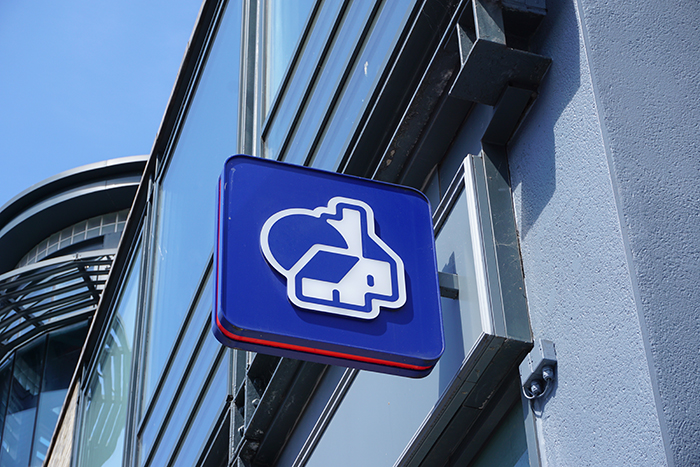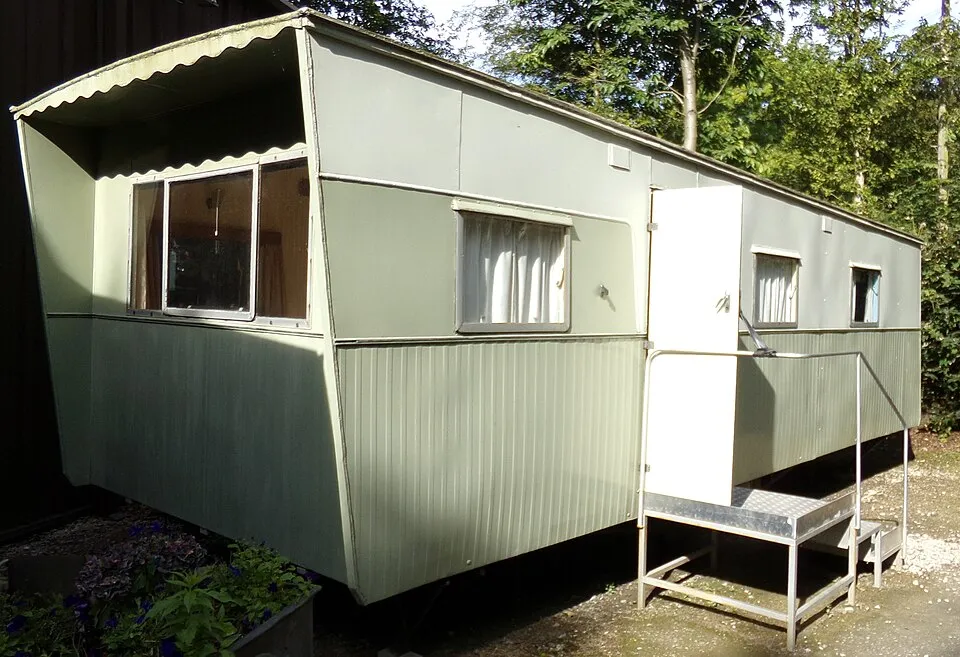
Activity in the housing market has surged, with buyer demand up 11% and agreed sales up 8% year-on-year, defying typical summer slowdown, Zoopla’s house price index reveals.
The latest data shows that national house price inflation has slowed to 1.3%, driven by a 12% increase in homes for sale and higher stamp duty costs for many buyers.
It found that higher stamp duty costs now impact 83% of homeowners and 41% of first-time buyers, with the impact on prices felt primarily in Southern regions such as London and the South East.
Northern England, Scotland and Wales are seeing faster price growth between 2% and 3%, with Northern Ireland at 6.1%, while Southern England is seeing the weakest growth below 1%.
Truro, Torquay and Exeter are registering some of the biggest price falls outside of London, with declines of 1.3%, 1.2% and 1.1% respectively.
From the latest figures, Zoopla anticipates 5% more sales in 2025 than last year, but price growth is expected to remain in low single digits, a downward revision from the previously forecasted 2% to 1%.
Zoopla executive director Richard Donnell says: “The housing market is broadly in balance. We’re seeing healthy levels of demand and sales, but this isn’t sparking faster price inflation.”
“In fact, more homes for sale, particularly across southern England, is re-enforcing a buyer’s market, keeping price rises in check. Many more home buyers are paying stamp duty since April and want this extra cost reflected in the price they pay.”
“While mortgage rates are holding steady, less stringent affordability testing has boosted buying power and is supporting more sales despite increased uncertainty.
“At the start of the year, we predicted house prices would rise just two per cent, at the lower end of forecasts for house price inflation. Prices are on track to be one per cent higher over 2025, half the level forecast.”
“Greater supply of homes for sale and mortgage rates remaining higher than expected are the key reasons for weaker growth. Low house price inflation is not a bad thing so long as there is enough market confidence for people to list their homes and make bids to buy homes.”
Also commenting, Propertymark chief executive officer Nathan Emerson states: “As the year advances, it remains upbeat to witness greater levels of market activity when compared to only twelve months earlier.”
“Both affordability and consumer confidence continue to steadily improve, with more competitive mortgage products gradually finding their way to the market.
“However, higher Stamp Duty costs have impacted house prices in some cases, and this is creating additional regional disparities in terms of house price growth.”
“The UK Government may need to reconsider the real world effects that increased Stamp Duty thresholds across England and Northern Ireland have caused, to better invigorate the market across the long-term.”
“It remains vital the UK Government and devolved administrations meet their individual housing targets to keep pace with anticipated demand over the forthcoming years and to ensure there is a viable mix of affordable housing constantly flowing into the marketplace for those who aspire to buy.”



